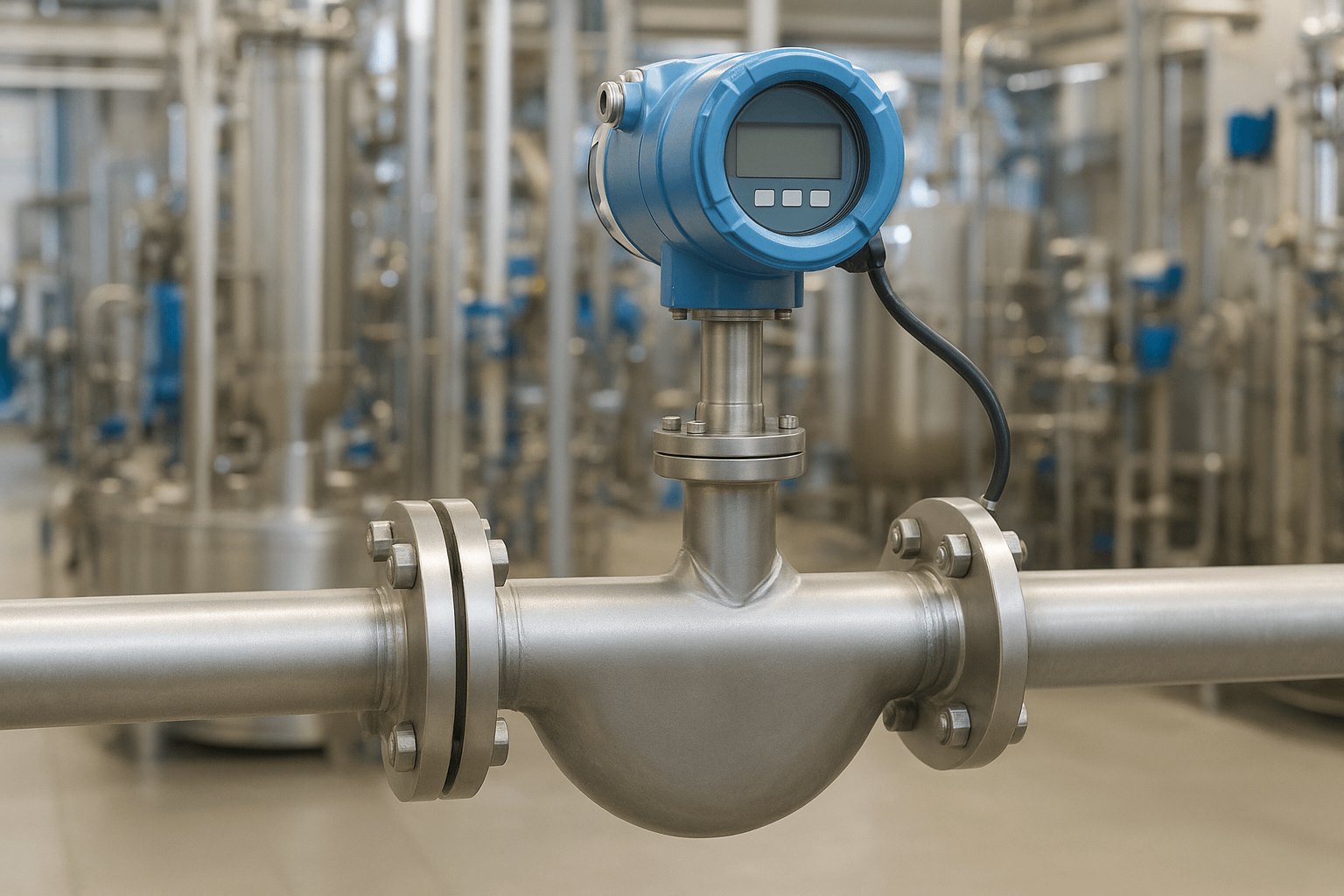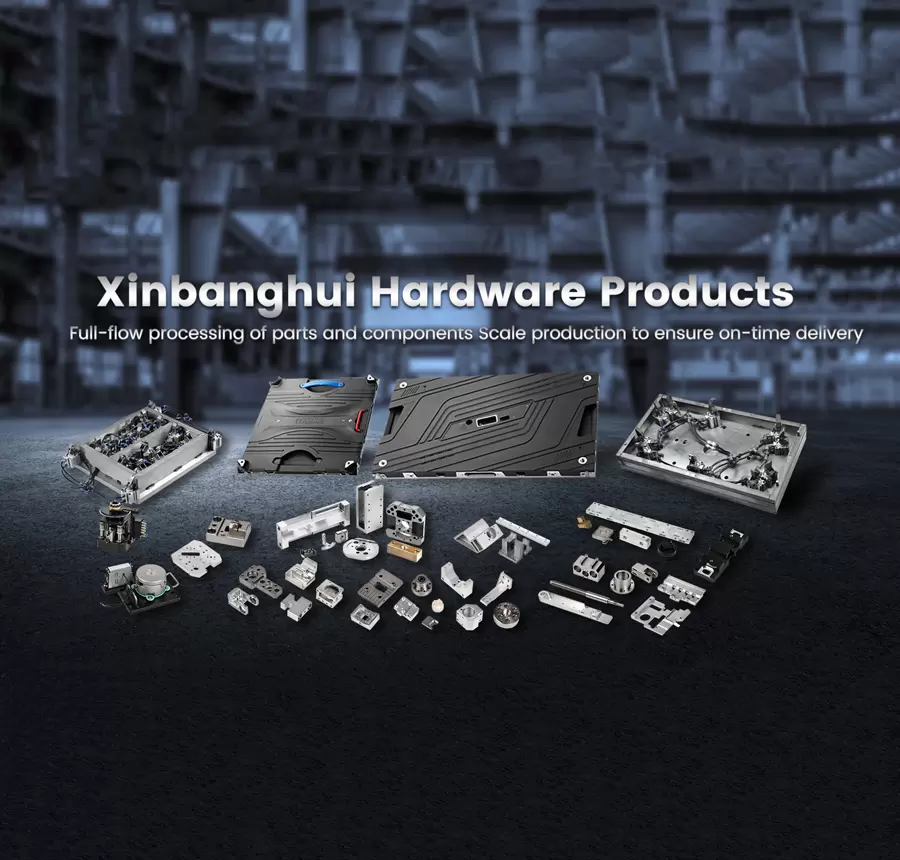Did you know that over 90% of industrial processes rely on differential pressure transmitters for accurate measurements? These devices play a crucial role in monitoring and controlling pressure variations in various applications, ensuring optimal performance and safety. Whether you are a seasoned professional or new to the field, understanding the ins and outs of these essential instruments is vital for efficient operations and maintenance. Stay tuned to discover how these devices can revolutionize your industrial processes.
Key Takeaways
-
Understanding the principles behind differential pressure transmitters is crucial for their effective use in various industries.
-
Selecting the right type of transmitter based on the specific application requirements is essential for optimal performance.
-
Following recommended steps for installation can ensure accurate readings and reliable operation of the differential pressure transmitter.
-
Calibration plays a vital role in maintaining precision, and regular calibration checks are necessary to uphold accuracy.
-
Being aware of common installation and calibration challenges can help troubleshoot issues promptly and prevent inaccuracies.
-
Regular maintenance of the transmitter is key to prolonging its lifespan and ensuring consistent performance.
Principles Behind Differential Pressure Transmitters
Flow Measurement
Differential pressure transmitters play a crucial role in accurately measuring flow rates in various industrial processes. They operate based on the principle that pressure drop is directly proportional to flow rate.
When fluid flows through a pipe, it encounters obstructions like venturis or orifices, causing a pressure drop. This drop is measured by the transmitter to determine the flow rate.
Measuring Pressure Differentials
By utilizing differential pressure transducers, these devices measure the difference in pressure between two points. When fluid flows through a constriction, such as a venturi tube, it accelerates, causing a decrease in pressure.
The transmitter compares the pressures upstream and downstream of the primary element to calculate the pressure differential accurately. This information is then converted into an electrical signal for further processing.
Importance of Understanding Pressure Differentials
Understanding the relationship between pressure differentials and flow rates is essential for maintaining optimal process conditions. A higher pressure differential indicates increased flow velocity, while a lower differential suggests reduced flow.
Operators can use this data to adjust flow rates accordingly, ensuring efficient operation and preventing issues like cavitation or system overload.
Applications Across Industries
Oil & Gas
Differential pressure transmitters find key applications in the oil and gas industry, where they are utilized for measuring fluid levels in tanks and pipelines. These transmitters play a crucial role in ensuring the safe and efficient operation of oil rigs and refineries.
Chemical
In the chemical industry, differential pressure transmitters are commonly used to monitor pressure differentials in various processes. They help maintain optimal conditions for chemical reactions by providing accurate measurements of pressure changes.
HVAC
Within the HVAC sector, differential pressure transmitters are essential components for monitoring air flow in ventilation systems. By measuring pressure variations, these transmitters ensure that air quality and temperature control are maintained at desired levels.
Water Treatment
In water treatment plants, differential pressure transmitters play a vital role in measuring flow rates and detecting any blockages or leaks in pipelines. This helps in ensuring the efficient distribution of clean water to homes and industries.
Manufacturing
The manufacturing industry benefits from differential pressure transmitters by using them to monitor fluid levels in tanks and vessels. By providing accurate measurements of liquid levels, these transmitters assist in maintaining optimal production processes.
Lee
lee@accurainstrument.com



